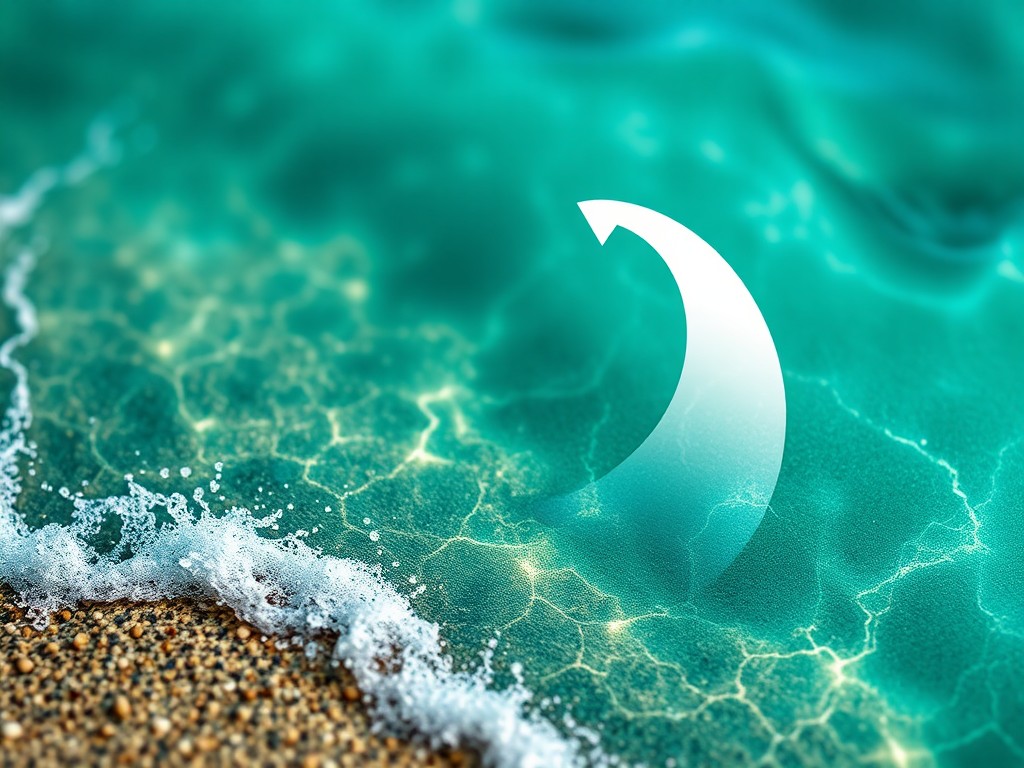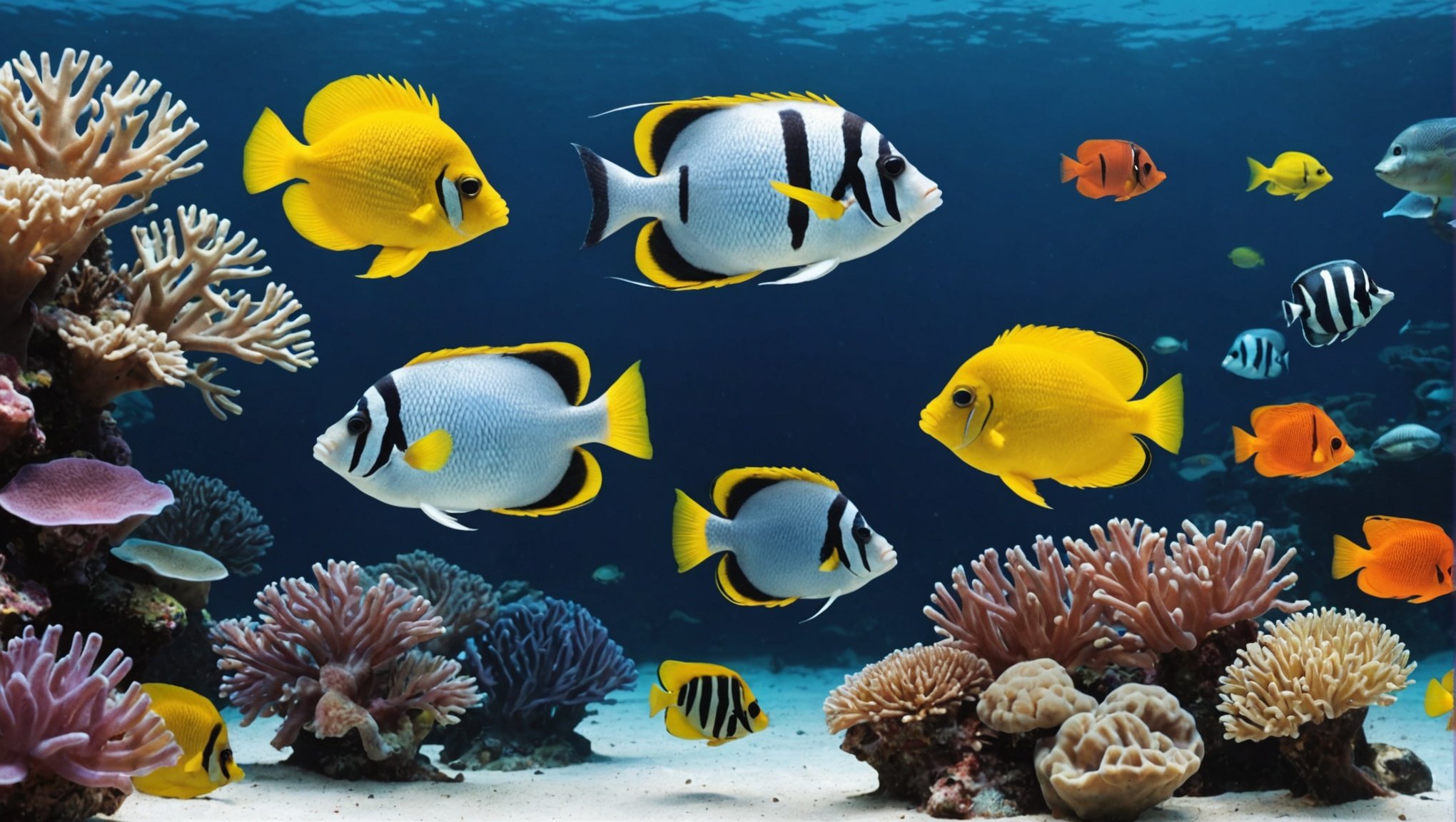Top Fish Species Perfect for Starting Your Marine Aquarium Journey
Starting a marine aquarium can be an exciting and rewarding hobby, but it can also be overwhelming, especially for beginners. Choosing the right fish species is crucial for the health and harmony of your aquarium. Here, we’ll explore some of the best saltwater fish species that are perfect for those just beginning their marine aquarium journey.
Understanding Your Aquarium Needs
Before diving into the best fish species, it’s essential to understand the basic needs of your marine aquarium. Here are a few key factors to consider:
Also read : Top Strategies for Enhancing Joint Health in Senior Dogs: A Comprehensive Guide
Tank Size and Setup
The size of your tank is a critical factor in determining which fish species you can keep. A larger tank provides more stability in water parameters and can support a wider variety of fish. For beginners, a tank size of at least 30 gallons is recommended to ensure stable water conditions.
Water Quality
Maintaining good water quality is vital for the health of your fish. This includes regular water changes, monitoring pH, ammonia, nitrite, and nitrate levels, and ensuring proper filtration and circulation.
This might interest you : Top Strategies for Enhancing Your Solo Pet Rabbit”s Life: A Guide to Happiness and Enrichment
Live Rock and Coral
Live rock and coral are essential components of a reef tank, providing habitat and helping to maintain water quality. They also add to the aesthetic appeal of your aquarium.
Peaceful Fish Species for Beginners
When starting your marine aquarium, it’s best to begin with peaceful fish species that are easy to care for and can thrive in a well-maintained tank.
Ocellaris Clownfish
One of the most recognizable and popular saltwater fish, the Ocellaris Clownfish (Amphiprion ocellaris) is a great choice for beginners. They are relatively small, reaching about 3-4 inches in size, and are known for their vibrant orange and white stripes. Clownfish are reef-safe and can be kept in pairs if the tank is large enough.
Royal Gramma
The Royal Gramma (Gramma loreto) is another excellent choice for beginners. This fish is small, typically growing to about 3 inches, and is known for its striking blue and yellow colors. Royal Grammas are peaceful and can be kept with other small, non-aggressive fish. They are also easy to feed and can thrive in a tank with plenty of live rock for hiding places.
Yellowtail Damselfish
The Yellowtail Damselfish (Microspathodon chrysurus) is a hardy and easy-to-care-for species. They are relatively small, reaching about 6 inches in size, and are known for their bright yellow tail and blue body. Yellowtail Damselfish are generally peaceful but can become territorial as they mature, so it’s best to keep them with other peaceful fish.
Table: Comparison of Peaceful Fish Species for Beginners
| Fish Species | Size (inches) | Diet | Tank Size (gallons) | Reef Safe | Aggression Level |
|---|---|---|---|---|---|
| Ocellaris Clownfish | 3-4 | Omnivorous | 30+ | Yes | Low |
| Royal Gramma | 3 | Omnivorous | 30+ | Yes | Low |
| Yellowtail Damselfish | 6 | Omnivorous | 30+ | Yes | Moderate |
Aggressive Fish Species to Avoid for Beginners
While it might be tempting to add more colorful or interesting fish to your tank, some species are best avoided for beginners due to their aggressive nature.
Bicolor Angelfish
The Bicolor Angelfish (Centropyge bicolor) is a beautiful but territorial fish. They can grow up to 6 inches in size and require a large tank with plenty of space and hiding places. Bicolor Angelfish can be aggressive towards other fish, especially those with similar color patterns or body shapes.
Black Patch Triggerfish
The Black Patch Triggerfish (Rhinecanthus verrucosus) is known for its striking appearance but can be quite aggressive. They can grow up to 10 inches in size and require a large tank with plenty of space. Triggerfish are not recommended for beginners due to their territorial and sometimes aggressive behavior.
Tank Mates and Community Building
Building a harmonious community in your marine aquarium involves choosing fish that are compatible with each other.
Choosing Compatible Tank Mates
When selecting tank mates, it’s crucial to consider the size, diet, and temperament of each species. Here are some tips for building a peaceful community:
- Size Compatibility: Ensure that the fish you choose are of similar size or that the larger fish are not aggressive towards the smaller ones.
- Diet Compatibility: Choose fish with similar dietary needs to simplify feeding.
- Temperament Compatibility: Avoid mixing aggressive fish with peaceful ones.
Example of a Peaceful Community
Here’s an example of a peaceful community you could build in a 30-gallon tank:
- Ocellaris Clownfish: 1 pair
- Royal Gramma: 1
- Yellowtail Damselfish: 1
- Blue Green Chromis: 3-4 (schooling fish)
This combination provides a diverse and harmonious community where each fish has its own space and role.
Feeding Your Saltwater Fish
Feeding your saltwater fish is an essential part of their care. Here are some tips on what to feed and how to feed your fish:
Omnivorous Diet
Many saltwater fish, such as the Ocellaris Clownfish and Royal Gramma, have an omnivorous diet. This means they eat both meaty foods and plant-based foods. Here are some examples of foods you can feed them:
- Meaty Foods: Brine shrimp, mysis shrimp, and small pieces of fish.
- Plant-Based Foods: Algae, spirulina, and commercial flake or pellet foods.
Feeding Frequency
Feed your fish 2-3 times a day, only as much as they can consume within a few minutes. Overfeeding can lead to poor water quality and stress on the fish.
Quotes from Experts
-
“When starting a marine aquarium, it’s crucial to choose fish that are easy to care for and can thrive in a well-maintained tank. Peaceful species like the Ocellaris Clownfish and Royal Gramma are excellent choices for beginners,” says Blaine Shively from Top Shelf Aquatics.
-
“Maintaining good water quality is vital for the health of your fish. Regular water changes and monitoring of pH, ammonia, nitrite, and nitrate levels are essential,” advises Quality Marine.
Practical Insights and Actionable Advice
Here are some practical insights and actionable advice to help you get started with your marine aquarium:
Start Small
Begin with a smaller tank and gradually move to larger ones as you gain experience. This will help you understand the complexities of maintaining a marine aquarium.
Research Thoroughly
Before adding any fish to your tank, research their specific needs, including diet, tank size, and compatibility with other fish.
Monitor Water Quality
Regularly test your water parameters to ensure they are within the safe range for your fish. Perform regular water changes to maintain optimal water quality.
Provide Hiding Places
Ensure your tank has plenty of live rock and other hiding places for your fish to reduce stress and aggression.
Starting a marine aquarium is a rewarding hobby, but it requires careful planning and attention to detail. By choosing the right fish species, maintaining good water quality, and providing a suitable environment, you can create a thriving and beautiful reef tank. Remember to start small, research thoroughly, and always prioritize the health and well-being of your fish.
Whether you’re interested in the vibrant colors of the Ocellaris Clownfish or the striking appearance of the Royal Gramma, there are many fish species that are perfect for beginners. With the right knowledge and care, you can enjoy the beauty and diversity of a marine aquarium for years to come.






